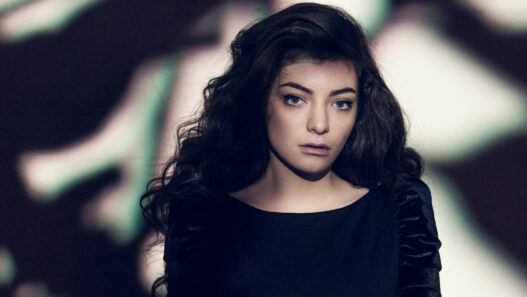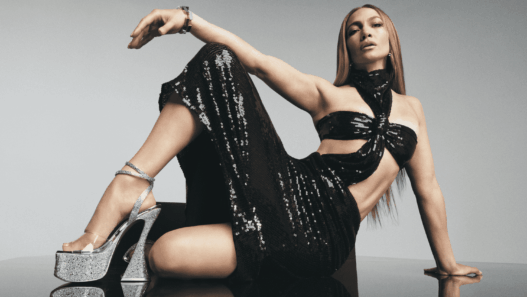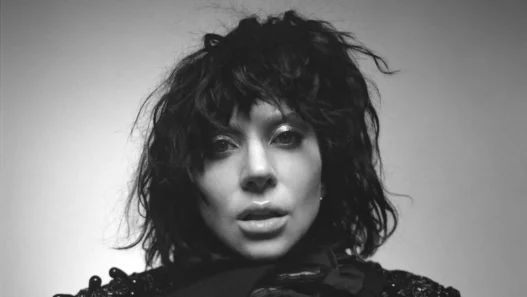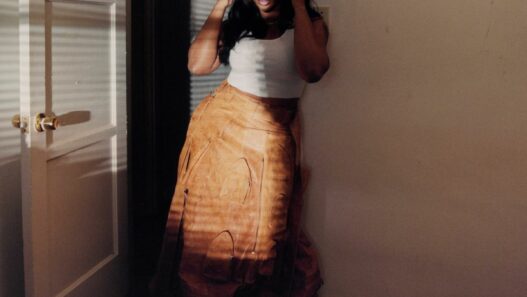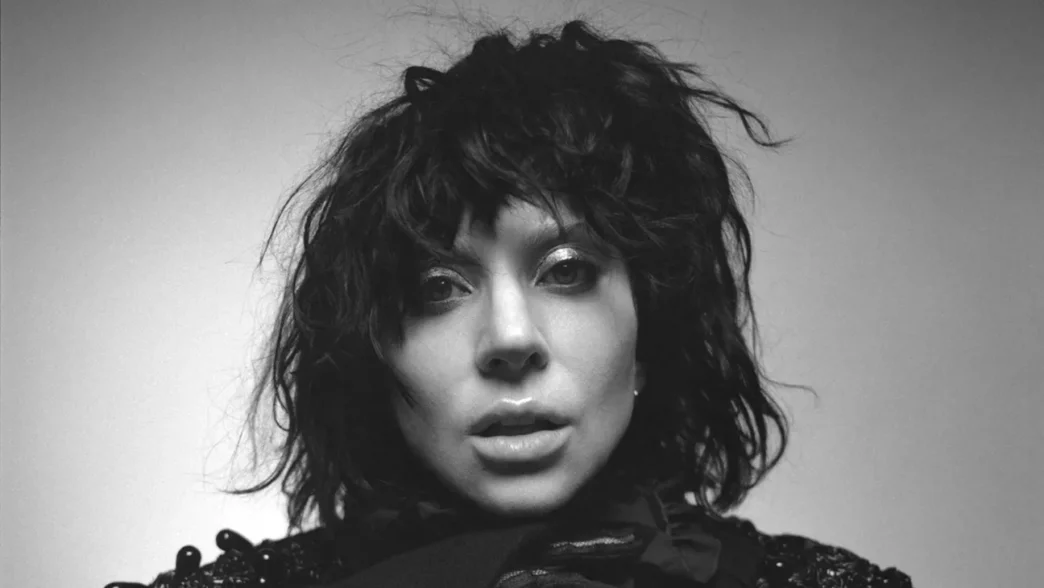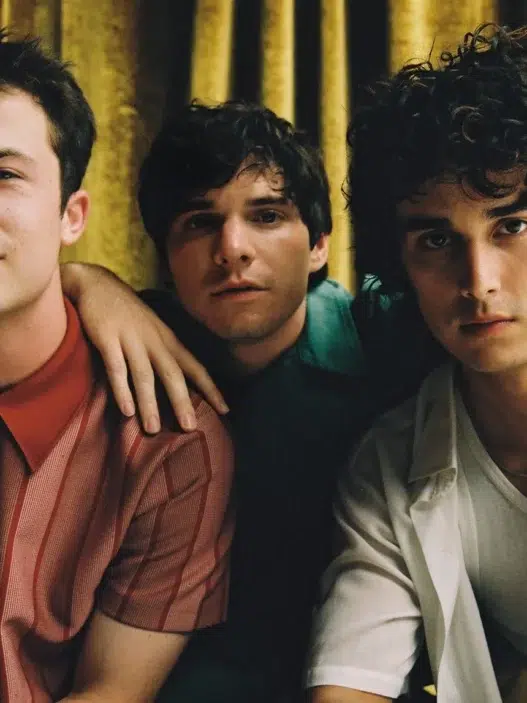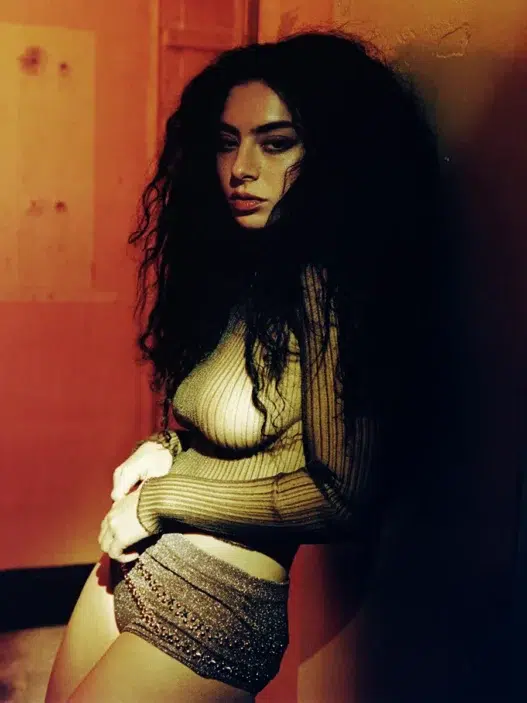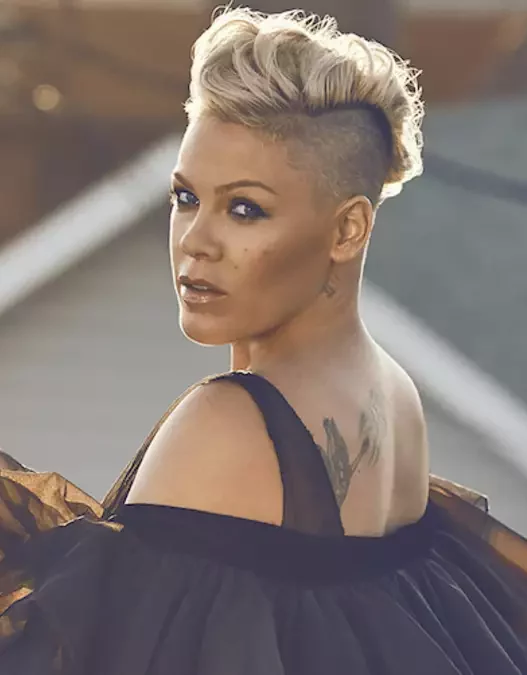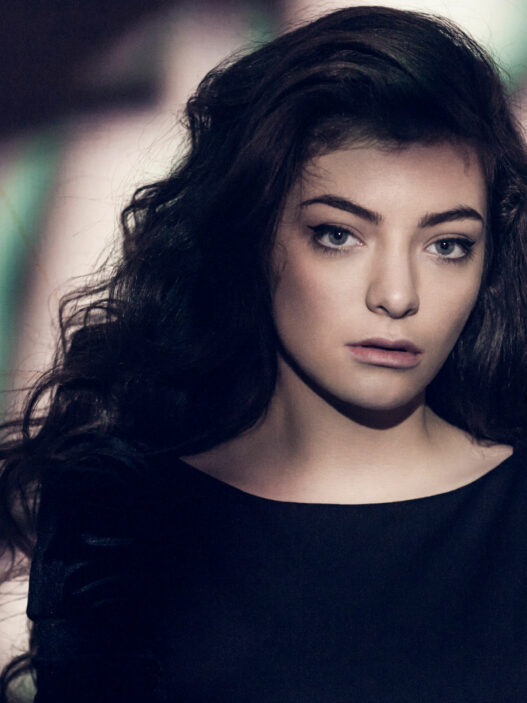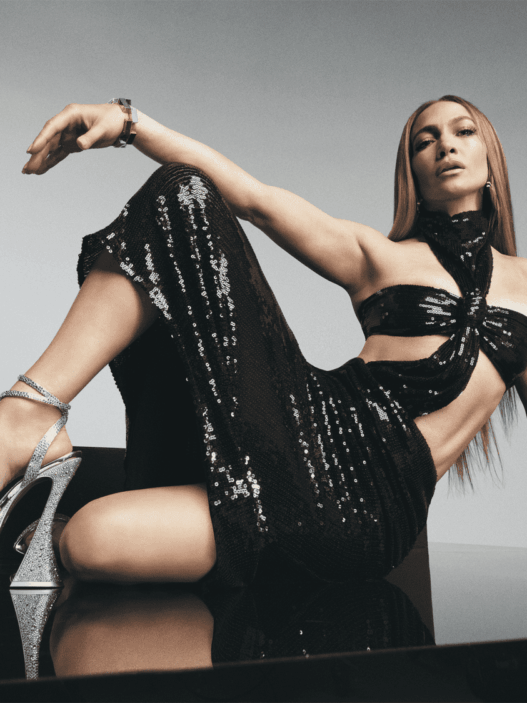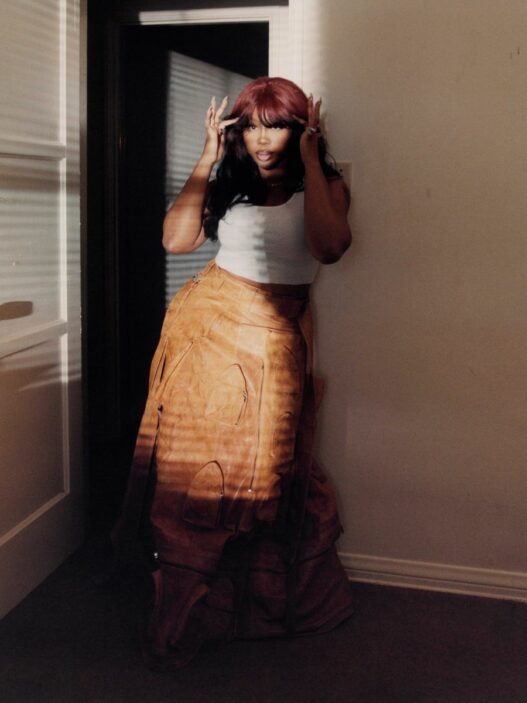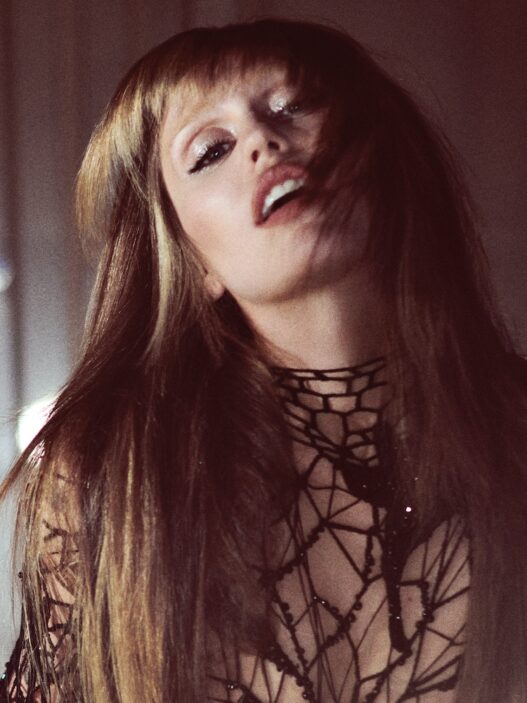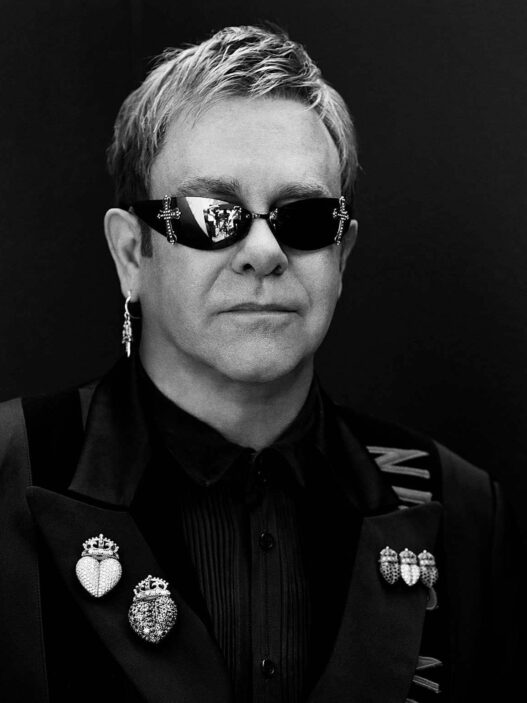Lady Gaga‘s return to Coachella posed a subtle artistic challenge: nearly two decades into pop stardom, how would she balance spectacle with genuine emotional depth?
On Friday night, Gaga answered this by crafting a bold, theatrical exploration of duality and fame, transforming the desert stage into an operatic confrontation of her past and present selves. Titled “The Art of Personal Chaos,” the five-act set offered more than a crowd-pleasing hit parade—though it certainly delivered hits. Instead, it functioned as sophisticated performance art, carefully calibrated to balance grand gestures with genuine intimacy.
The thematic stakes emerged quickly. Gaga opened in a towering red gown, evoking an avant-garde opera diva. An a cappella rendition of “Bloody Mary,” resurrected from obscurity by TikTok virality, transitioned into “Abracadabra,” one of several standouts from her new album, Mayhem. The pairing wasn’t incidental: both tracks emphasized Gaga’s talent for merging dark, electro-infused pop with theatrical flair, setting a coherent tone for the narrative.
Visual storytelling served as both structure and signal. During “Poker Face,” a life-sized chess match played out between Gaga and her double—a visual metaphor for the tension between concealment and control. “Perfect Celebrity” unfolded as a satirical funeral, Gaga rising from a pit of skeletons. “Killah,” featuring Gesaffelstein, conjured cyberpunk menace with sharp choreography and a glinting blue bodysuit.
At times, the staging risked indulgence. Skeletons, chessboards, plague masks—they could have tipped into maximalist overload. But Gaga’s instincts for rhythm and restraint prevailed. These were less props than motifs: visual shorthand for her long-running exploration of identity, performance, and power.
Choreographer Parris Goebel’s influence ran deep. Dance breaks snapped with mechanical precision, then unraveled into jagged bursts of chaos—mirroring Gaga’s own arc between control and collapse. Fashion echoed that same logic: latex, feathers, and chrome toggled between camp and severity, always in service of the show’s internal logic.
Yet Gaga’s most striking moments weren’t necessarily her most elaborate. A stripped-down rendition of “Shallow” served as an emotional anchor, the spectacle pared back to just voice and presence. Later, “Vanish Into You” carried her into the crowd, hand-in-hand with fans. These quieter interludes didn’t reject artifice; they simply slowed it down.
She ended with “Bad Romance,” reframed less as a finale and more as a coda. By then, the journey was the point. The set hadn’t resolved the contradictions between her selves, and it didn’t need to. Instead, Gaga gave each part a role to play—within the structure, not outside it.
At Coachella, she sidestepped the flattening impulse of a legacy act victory lap. What she delivered instead was a set rooted in concept and contrast, confident enough to forgo resolution and let the ambiguity breathe.



